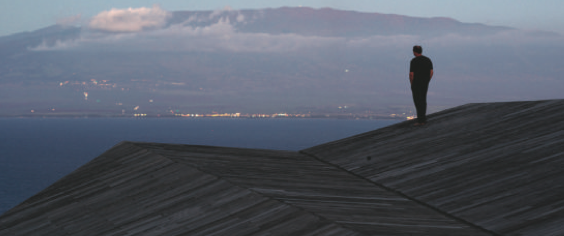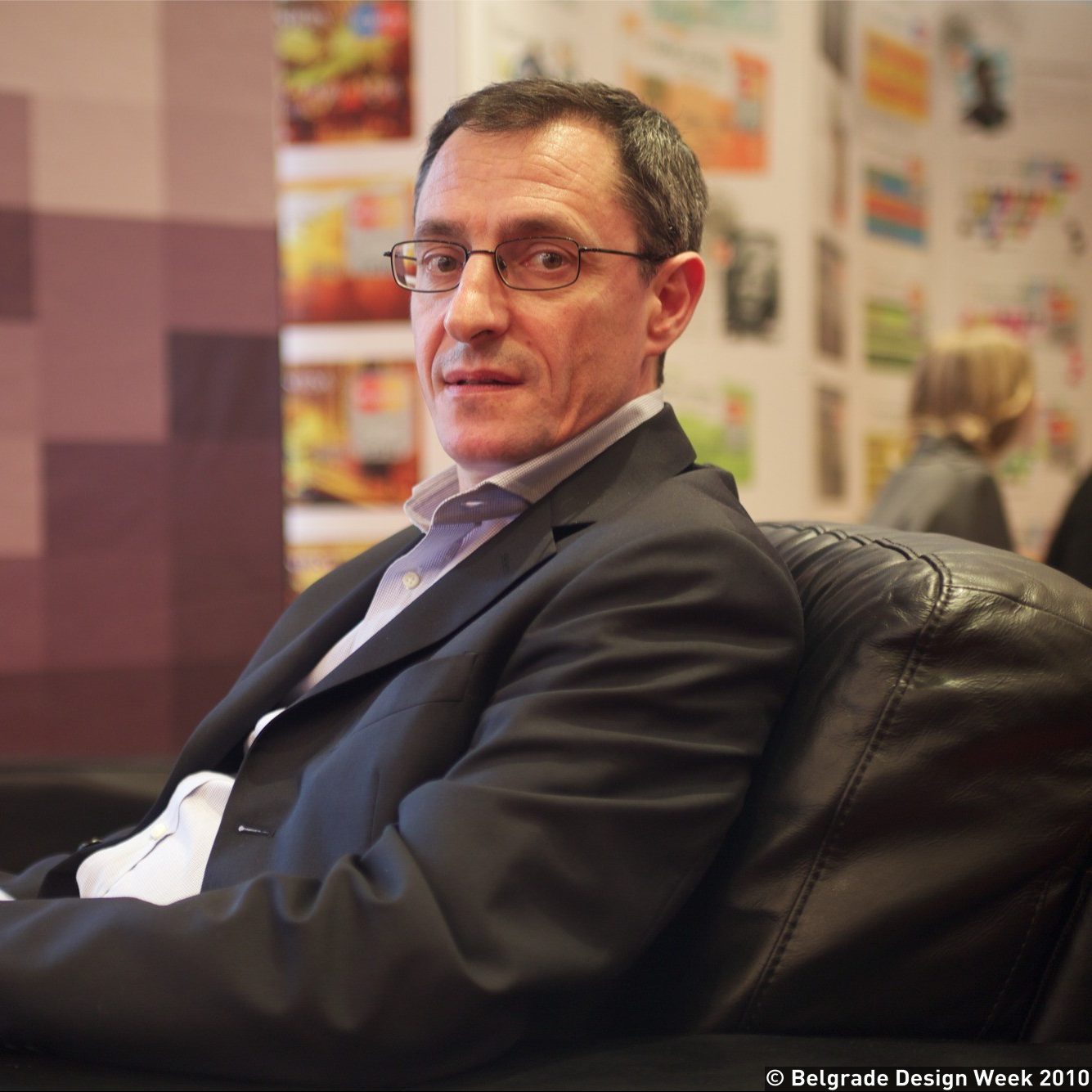
INTERVIEW WITH ALJOŠA DEKLEVA – SUPERPROSTOR
FROM SPOON TO TOWN – AND BACK
You are one of the founders of Trajekt (Ferry). What did you expect while you were creating it and what mark has it left in recent years?
Trajekt was established when Tina (Gregorič) and I returned from London, when we were full of energy and wanted to create something. At that time in Slovenia there was only one professional magazine, “The Architect Newsletter”, which has been in circulation a long time and which has been evolving gradually; each generation has contributed something to it, but the problem was that there was no discussion – images and articles had no interactivity.
Working on our master thesis at AA we made a very interactive project based on the Internet as tool that can create a social situation. Based on this experience, we wanted to make a platform in Slovenia which could include a discussion, and we decided to take the Internet as a tool that is close at hand. Each Trajekt article was, initially, a sort of provocation, an open topic, and discussions followed. It was very interesting, and it lasted for several years. Now Trajekt is more mature, and it should act like it. For example, you now have to be registered in order to comment, which drastically reduced discussion. The downside of free comments was that everyone was able to comment anonymously, which often becomes an unacceptable form of discussion, but I think it is still better to have a heated debate than to have no discussion at all.
Your latest project, the Cultural Centre of the eU space technologies was a collaboration with three slovenian studios (sadar + Vuga, Bevk Perovic, OFis architects). How did this cooperation work and could this project, as a result of the joint work of several major slovenian teams, be seen as a sublimate of what slovenian architecture is today?
I haven’t really thought about a joint effort as a typical context of Slovenian architecture. This collaboration was really something unexpected. When the professional and laic public in Slovenia saw it, at first they wondered how this was even possible. Especially because the result is very coherent and consistent, as if it were a single signature style. The world is changing – socially, economically, and perhaps we are reaching a point in time that requires some kind of collectivity. Individuality has crossed some boundaries and it’s all reflected in the world today. So the fact that we managed to do this project together, and that we had the strength and ambition to implement it from start to finish, sends a powerful message to all those who work in Slovenia and Europe in general, that it can be a very interesting model to do things a little differently in times of moral and economic crisis. It was initiated by a man who is not an architect, Dragan Živadinov. He had an idea to build a facility dedicated to the astronaut pioneer Herman Potočnik, so in a way he engineered the whole thing, and he was the first to say – we can organize a competition between four teams of architects, and you can also make something together. And then the “together” part became such a challenge that we all said – let’s not make a competition, let’s work together, and see what happens.
Your critics said that, since you graduated abroad, you uncritically bring something foreign into the slovenian architecture. Our impression is just the opposite – that Slovenian architecture (probably unlike architecture in any other former Yugoslav republic) has certain continuity, although it develops and changes over time?
I think that for every person, whether they are architects, artists, economists or something else, it is very important to see their own situation, their own context, from the outside. This is something that no one can fully understand until they do it. I haven’t thought about it like that at the time, we went abroad to study because we had the opportunity and felt the need to see how things are developing out there. And when you come back, you realize that you have a whole different perspective with regards to your own context. It means that you can have a broader view than someone who has stayed in one place the entire time. So that is the way we operate – we are very aware of the context of Slovenia and Slovenian architecture, and at the same time, we have a broader point of view .
Few years ago you exhibited your projects that are very different in scale, from the smallest to the largest – from a door handle to a master plan. What is the common denominator in your approach to a project?
The famous quote by architect Ernesto Nathan Rogers “From spoon to town” (Dal cucchiaio alla città), perfectly describes the work of Plečnik and his students, and that is the context and continuity of contemplating about Slovenian architecture. For Plečnik little things were equally important as the big ones. It’s interesting that you brought it up, because for Belgrade Design Week I made an inversion – earlier everything was developing and went from small to big, and now the situation is completely different, so I aligned the projects from big to small, so that in the end we reach a zero point, which means that sometimes the best solution is – not to build.
Trackback from your site.
